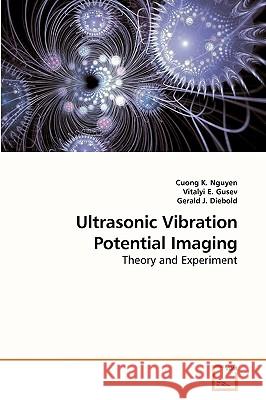Ultrasonic Vibration Potential Imaging » książka
Ultrasonic Vibration Potential Imaging
ISBN-13: 9783639241570 / Angielski / Miękka / 2010 / 196 str.
Ultrasonic vibration potential refers to an electric signal developed across a colloidal or ionic solution with a presence of ultrasound. In colloidal suspensions, the vibration potential is generated as a consequence of the different motions of the colloidal particles and the solvent under the alternating acceleration in a sound wave. Upon passage of a sound wave, the normally spherical distribution of counter charge around those particles is periodically distorted resulting in the formation of dipoles at the sites of the colloidal particles. These dipoles add over a macroscopic distance to form a voltage. Thus, if electrodes are placed in the solution, an alternating voltage can be detected. This book focuses on the detailed analytical explanation and theories of both the generation of current and the distribution of potential and electric field inside colloidal solutions. Experiments with different samples and methodologies were conducted to not only give results in an excellent agreement with the theory but also help proposing and implementing a new imaging method using ultrasonic vibration potential.











